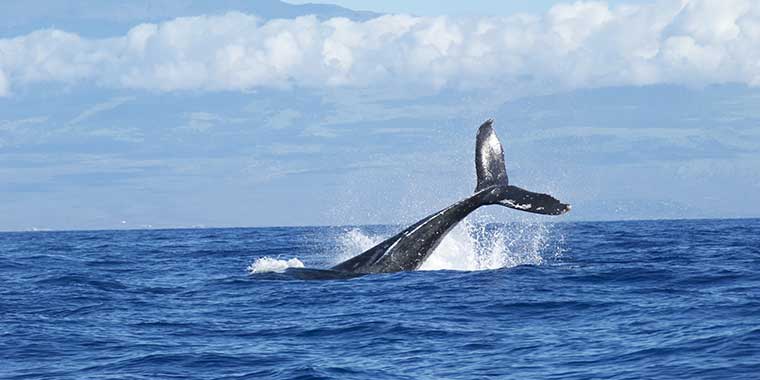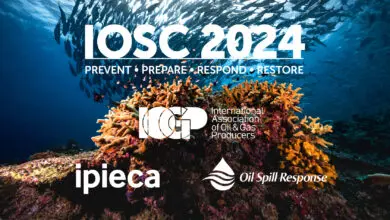
Keeping whales away
Years of scientific research have yielded no links between the sounds associated with offshore seismic surveying and the health of marine life.
Nevertheless, to minimize risk, the Sound and Marine Life Subcommittee of IOGP’s Environment Committee has published a report with recommended monitoring and mitigation measures for operators to take when conducting geophysical survey operations.
These measures, ‘appropriate to the level of risk’ when using compressed air source arrays, are applicable for any encounters with cetaceans (whales, dolphins and porpoises). They are not intended to replace any regulatory requirements that might exist in a specific area.
Among the recommended measures are:
- An exclusion zone of at least 500 metres from the centre of the seismic sound source
- Visual observations of the exclusion zone for at least 30 minutes before activation of the seismic source
- A soft-start procedure that gradually builds the level of sound, starting with activation of the smallest volume element and escalating to full volume between 20–40 minutes from the beginning of the process
The report also provides recommendations on seismic work during periods of poor visibility or darkness, techniques for towed PAM systems and steps to maximize the benefit of observational environmental data collected during seismic surveys.
It concludes with the handling of interruptions to ongoing operations and procedures for testing source elements.
Report 579, Recommended monitoring and mitigation measures for cetaceans during marine seismic survey geophysical operations can be downloaded from IOGP’s website by registering at: www.iogp.org/bookstore
